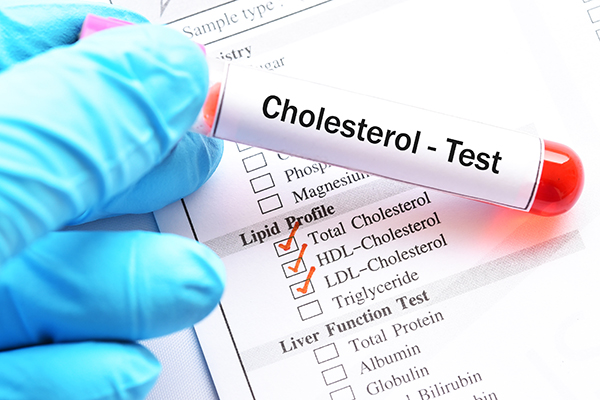
HIIT has been known to improve aortic reservoir pressure, which is a measure of aorta's ability to distribute blood. Decreased aortic reservoir function results in a rise in aortic reservoir pressure that is an independent risk factor of cardiovascular events. People with metabolic syndrome need to take extra care of their heart because they are at a greater risk of developing serious illnesses, including cardiovascular disease. They have three or more of these conditions occurring together: elevated blood pressure, high blood sugar, excess body fat around the waist, and abnormal cholesterol or triglyceride levels.
However, the amount of high-intensity exercise to improve aortic reservoir function has not yet been determined. So, the study's researchers compared the effect of various volumes of HIIT and moderate-intensity continuous training (MICT) on aortic reservoir pressure in people with metabolic syndrome.
In conducting the study, they recruited 50 people with metabolic syndrome and randomized them into one of the following 16-week exercise programs:
- 30-minute MICT sessions five times a week
- Four by four-minute high-intensity interval training three times per week
- One by four-minute high-intensity interval training three times each week
When the researchers measured the aortic reservoir pressure of the participants after the intervention period, they found that three sessions of four-minute high-intensity exercise each week was enough to improve aortic reservoir pressure. They believe that it may be a time-efficient exercise for reducing cardiovascular risk in people with metabolic syndrome.
With these findings, the study's researchers concluded that people with metabolic syndrome who participate in at least three sessions of four-minute high-intensity training every week may lower their risk of cardiovascular diseases and keep their heart healthy. (Related: Just a few minutes of high-intensity exercise offers the same benefits as longer workout sessions.)
Metabolic syndrome and lifestyle changes
A review published in The Review of Diabetic Studies has suggested that people with metabolic syndrome should eat less and exercise more to manage their condition. Individuals with metabolic syndrome may benefit from intensive lifestyle changes, such as dietary changes and adopting a more physically active lifestyle, according to studies.
Carried out by researchers from the University of Athens in Greece and the Society for Biomedical Diabetes Research in Germany, the review summarized the role of diet and physical activity on the development of the metabolic syndrome.
In the review, the researchers identified metabolic syndrome is a complex, lifestyle-dependent disease. They reported that it could be treated by incorporating healthy eating and more physical activity as part of their daily lives and be woven into their social life to be effective.
In addition, the review suggested that health care professionals and society play a role in this metabolic syndrome solution. The review suggested that health care professionals should help people to understand the potential benefits that may result from the introduction of dietary patterns and exercise. They must also support them in adopting and adhering to these behavioral patterns. Moreover, the society, as a whole, should acquire a profound consciousness of the impact of lifestyle factors like nutrition and activity on health.
The American Heart Association (AHA) also recommends people with metabolic syndrome to lose extra weight and keep it off. This will reduce their risk of heart disease. The healthy way of losing weight is balancing healthy eating with a healthy level of exercise.
Read more news stories and studies on natural ways to prevent heart disease by going to ReverseHeartDisease.news.
Sources include:
Please contact us for more information.























